What Does Poison Ivy Look Like?
Updated: Mar. 16, 2022
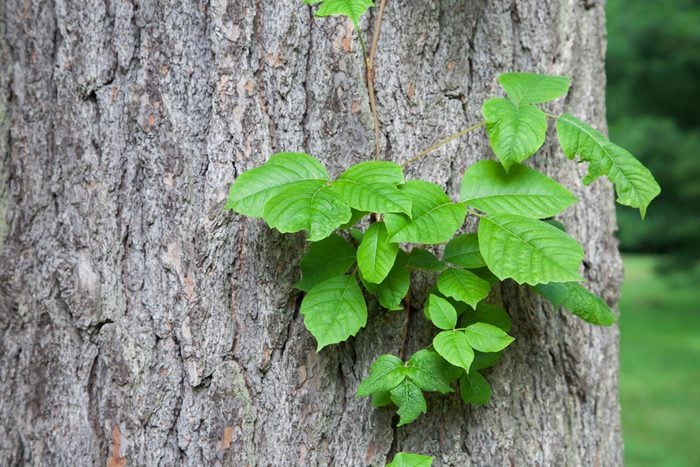
About 85 percent of people are allergic to this poisonous plant. If you're one of them, avoid irritating rashes this summer by learning how to recognize what poison ivy looks like.
Our editors and experts handpick every product we feature. We may earn a commission from your purchases.
Poison ivy is an extremely prevalent plant east of the Rocky Mountains, and probably one of the most well known poisonous plants in the world. The common nature of the plant is probably due to the fact that many different bird species feed on its berries, as poison ivy does not have the same irritating effect on animals that it does on humans. There is a resin in the plant’s sap called urushiol that causes an itchy rash for humans following contact with any part of the plant, according to the American Academy of Dermatology (AAD). You’ve probably heard the “leaves of three, let it be” rule, which dictates that a plant with a compound leaf of three—or three distinct leaflets joining together on a single stem—may be poisonous and should be avoided. However, the trouble with poison ivy is that even within this rule, it can take on many different appearances that vary by season or even just by plant. That means “what does poison ivy look like?” doesn’t have the same answer all the time. But this advice from the Reader’s Digest book, 1,519 All-Natural, All-Amazing Gardening Secrets, will help you deal with this pesky plant.
So, what does poison ivy look like?
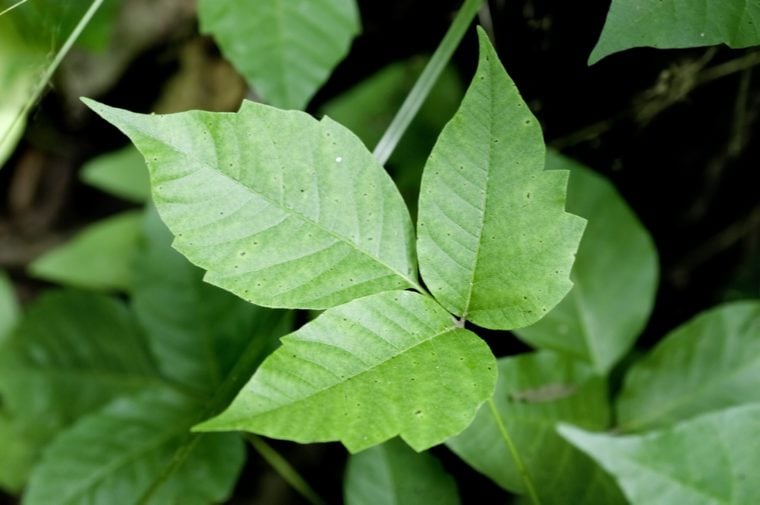
Poison ivy leaves can present as smooth-edged, or wavy or jagged, and can also appear either waxy and shiny or dull. Additionally, they may be perceived as hairy or be completely smooth. Leaves will be roughly two to five inches long, with the center leaflet having a longer stalk than the side leaflets.
What does poison ivy look like as it changes throughout the year?
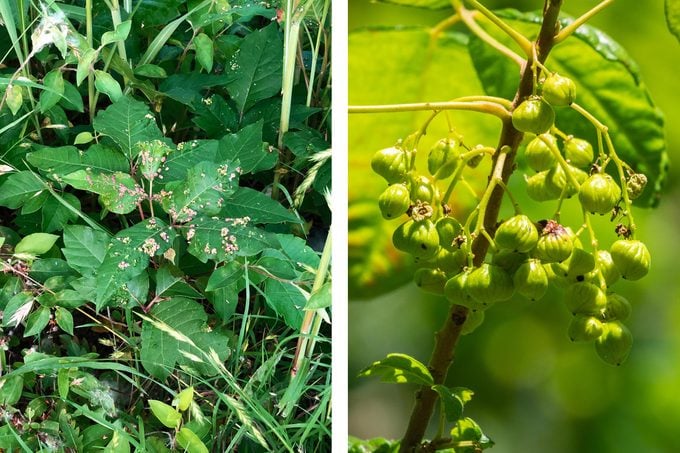
In the springtime, the plants will blossom with very small white flowers and bright green leaves. Over the course of the summer months, the plant will produce greenish berries, too. Summer poison ivy leaves are still green, but there might be a few leaves that appear redder. In the fall, the leaflets will turn full-on red with some orange and yellow, too.
It is important to be vigilant even during winter months, as you can still be affected by poison ivy during the cold season. The plant will have lost its leaves, but you can still identify it by looking for white berries, gray bark, and aerial or above-ground roots. Poison ivy can present as a climbing plant that vines up trees and other standing structures, and also as a shrub or widespread ground colonies. Remember to look out for these other “harmless” things that could make your yard dangerous, too.
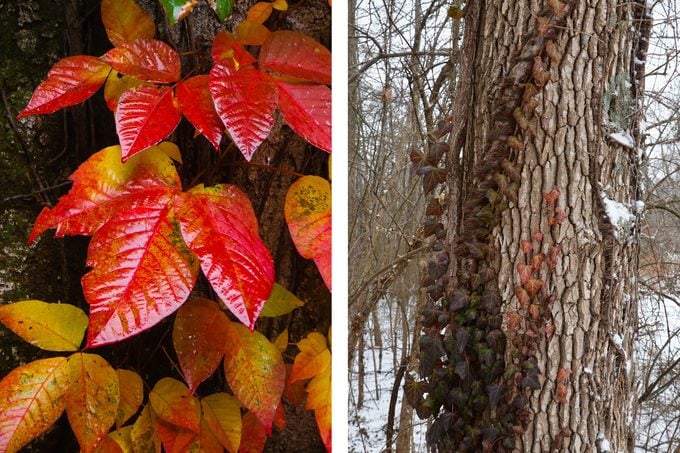
What if you see poison ivy in your yard?
If you discover poison ivy in your yard, don’t burn it or try to pull it up (even with gloves), but instead clip the plant down and smother with newspaper. To deal with a poison ivy infection, wash the afflicted area immediately after touching the plant with warm soap and water, and try to limit irritation with calamine lotion or hydrocortisone.
What does a poison ivy rash look like?
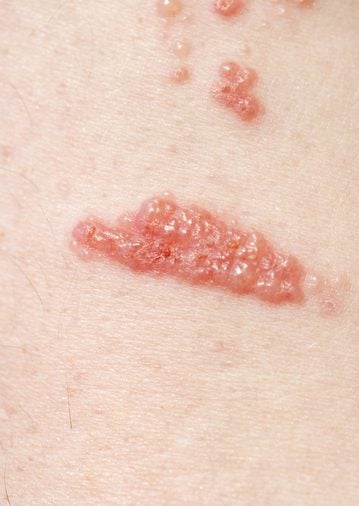
If you do have a poison ivy rash, the skin will swell, itch, turn red, and might also have blisters, according to the Mayo Clinic. The more sap or urushiol on your skin, the worse the rash. Itching helps spread the rash too, as people transfer the sap from their fingers to other parts of the body. If you think you touched poison ivy, try one of these 10 proven poison ivy rash home remedies.